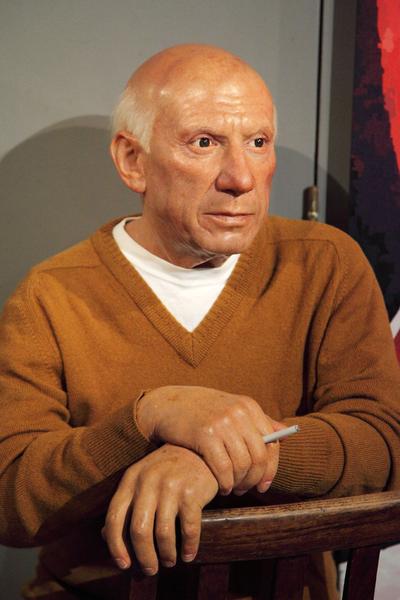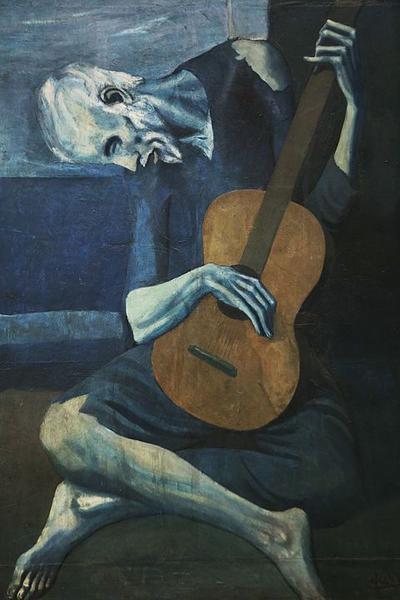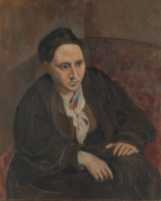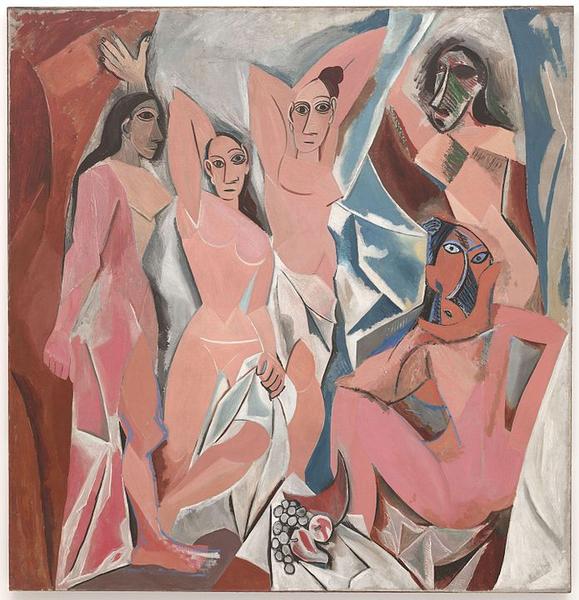Picasso is one of the most recognizable names in the industry of art. One of the most successful, too. His artistry is truly remarkable, hence the reason why he is considered the greatest and most influential artist of the 20th century. He may be gone but his dedication to his craft will never be forgotten. Wanna learn how to paint like Picasso? In this new article, we will celebrate the life of Spanish painter Pablo Picasso by discussing his most notable artworks, his art style, and his contribution to the world of art in general.

To paint like Picasso, one must become familiar with his artistic backgrounds and styles first. There are so many things that we can learn from Picasso. First, his dedication to his art proved that constant practice alongside passion can make your life as an artist successful. A fun fact about him is that he spent most of his life (about 80 years of his life) dedicated to producing paintings, sculptures, and other crafts. Such made a significant impact on the development of the art movement called “cubism.”
The legend truly lives on and his legacy will be passed onto many generations. Before we begin discussing Picasso’s iconic artworks, let us first have a quick overview of his life to fully understand the philosophy behind his art. Knowing an artist’s life will help you understand the meaning behind their paintings, especially for artists like Picasso as most of his arts are non-representational, meaning, they’re beyond the conventional and ordinary type of art.
The Life of Picasso

On October 25, 1881, a legendary painter was born in Málaga, Spain. His parents were Doña Maria Picasso y Lopez and Don José Ruiz Blasco. He began manifesting his interest in art at the early age of 10, showing drawings to his father. It is no surprise that he showed great artistic capabilities at a very young age since his father was also a painter, curator, and an art teacher at the School of Crafts. His father was very supportive of his talent and ambitions, he provided Picasso with models for his paintings starting at the age of 13.
During his teenage years, most of his influences were aligned with the bohemian culture and anti-conservatism in Barcelona and Madrid. Thus, his early works were inspired by styles such as the works of El Greco during the Spanish renaissance and art nouveau. However, his originality and uniqueness in art came to rise sometime between 1905 to 1915. Accordingly, his style evolved throughout the years and is often divided into different periods which will be discussed later on.
Going back to his life, Picasso was a very productive man during his lifetime. He explored many artistic styles and a wide array of different mediums such as sculpture, costume and theater, design, ceramics, and prints. He also did several public commissions. In the later years of his life, his artworks were a mixture of different styles, more colorful, more daring, and expressive. Picasso died at the age of 91 on April 8, 1973 in Mougin, France from pulmonary edema and heart failure.
The Artistic Evolution of Picasso
The Blue Period (1901-1904)

This period is characterized by dull, gloomy paintings emphasizing monochromatic shades of blue and blue-green. Most of the paintings during this period are depictions of malnutrition, prostitution, and poverty. This artistic period is also a representation of Picasso’s personal experiences with poverty and grief.
The Rose Period (1904-1906)

This period is characterized by lighter tones, showing sheer optimism and featuring pink and orange tones with subjects like acrobats, harlequins, and circus people. This is the phase where Picasso found small success and somehow overcame his depression. He also met a bohemian painter named Fernande Olivier who became his lover. Olivier subsequently became an inspiration for many artworks that Picasso created.
African art and primitivism (1907-1909)

This period began with his painting Les Demoiselles d’Avignon which was inspired by an Iberian sculpture, as well as the African artifacts that he saw in June 1907 at Palais du Trocadéro, an ethnographic museum. This painting is considered to be his first masterpiece, wherein he made a huge shift to primitivism from the traditional European style. Such made huge innovations in the world of art–conventional style and representation were starting to be abandoned.
Cubism (1909-1919)

This is the era where Picasso deconstructed the traditional art form that had dominated during the Renaissance up to his time. This style was developed together with his fellow artist, Georges Braque wherein they feature neutral colors and deconstruct and analyze the objects in terms of their shape–this is called Analytic Cubism. Other “genres” of cubism were also formed such as Synthetic Cubism which significantly changed the way of how we view and make art in modern times.
Neoclassicism and Surrealism (1919-1929)

The turbulence brought by World War I made an impact on Picasso’s style in his artworks. Rejection of the extreme avant-garde style in art is evident not only in Picasso but also in his fellow artists. Most of his artworks during this period were inspired by the works of Raphael and Ingres.
Later works to final years (1930-1973)

Picasso tried different styles and mediums throughout his life. During this period, he also became a prominent sculptor. Though his art style was never consistent, he became more daring as his artworks–paintings, sculptures, etc. became bigger and more colorful than ever. This is also the period where he reinterpreted the minds and the arts of other master painters. He made several public commissions, such as the Chicago Picasso– a 50-foot (15 meters) high public sculpture that was unveiled in 1967. He was offered $100,000 for this sculpture but donated it to the people of the city instead. Moreover, it is notable that he made several film appearances such as in Jean Cocteau’s Testament of Orpheus (1960).
Key Insights
Picasso is truly an inspiration for aspiring and professional artists. His dedication and passion for his craft will never cease. Now that you know a bit of his life and styles as an artist, we hope this comprehensive insight about the master painter will help you paint like Picasso!
